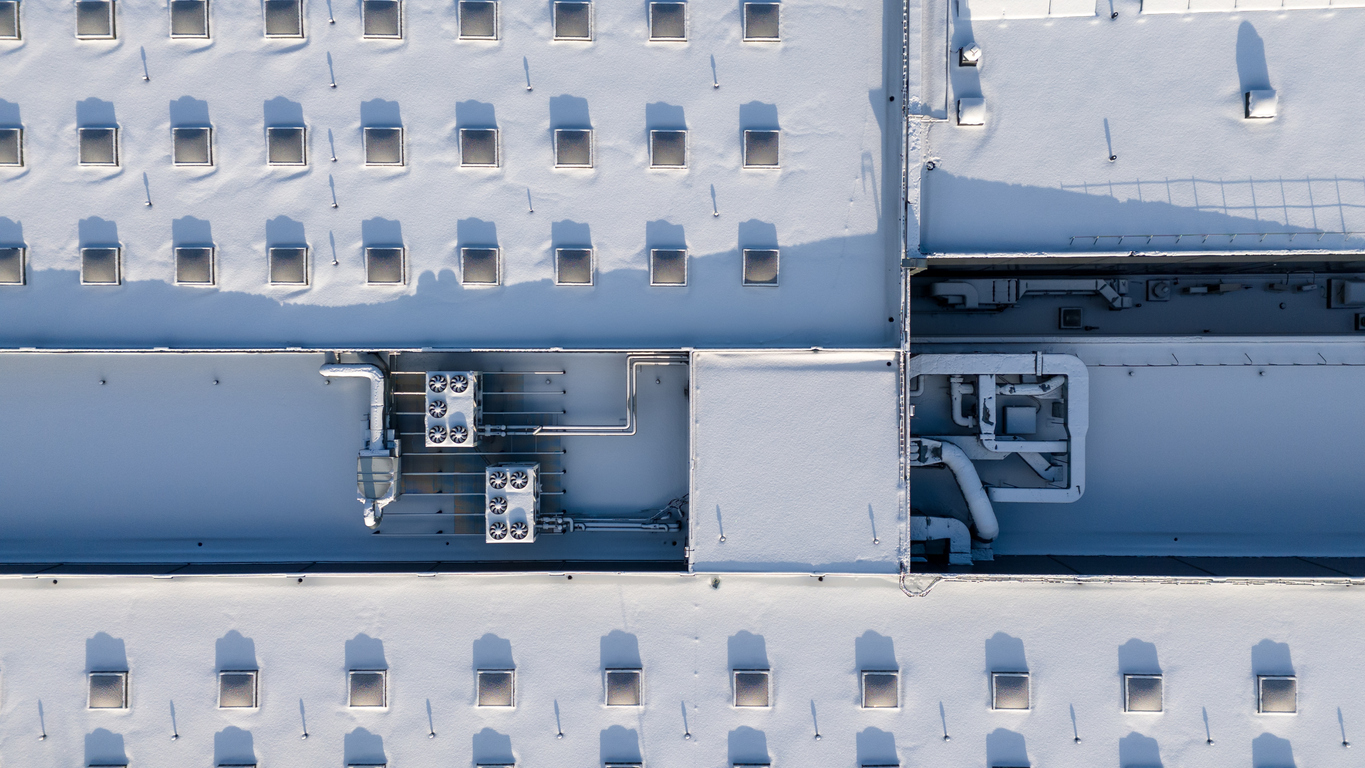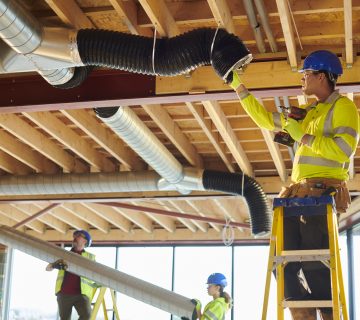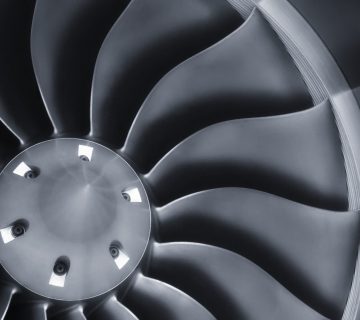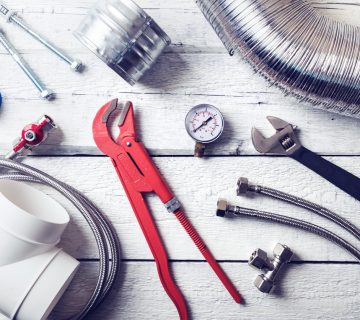Table of Contents
When winter hits hard, your HVAC installation needs to perform flawlessly. The harsh cold tests every part of a system — duct insulation, component durability, and airflow precision. A well-designed winter-ready installation can mean the difference between an HVAC system that handles sub-zero temps effortlessly and one that leads to emergency service calls.
In this post, we’ll walk you through 7 essential tips to help you prepare and install HVAC systems built for peak performance, even in the coldest conditions.
1. Insulate Ducts Like a Pro
🚀 Why It Matters: Poorly insulated ducts are one of the biggest sources of heat loss, especially in exposed areas like attics and crawlspaces. Insulating ducts during the install ensures that warm air stays warm and reaches its destination efficiently.
💡 Pro Tip: Use high-quality foil-backed insulation or rigid board duct insulation for systems in extreme climates. Pairing this with custom sheet metal ducts from EDI ensures a perfect fit that prevents gaps and minimizes heat loss.
2. Choose Cold-Weather-Compatible Components
🚀 Why It Matters: Not all HVAC parts are made to handle sub-zero temperatures. Standard compressors, valves, and fans may falter in freezing conditions.
💡 Component Checklist: Select heat pumps rated for low temperatures, freeze-resistant condensate drain pans, and defrost-equipped coils to prevent ice buildup.
3. Optimize Airflow for Consistent Comfort
🚀 Why It Matters: An unbalanced system can create uneven heating, leaving some rooms cold and others overheated. Correct airflow setup during installation ensures even distribution of warm air.
💡 Pro Tip: Install balancing dampers in key areas and use custom transitions from EDI’s metal fabrication services to avoid airflow bottlenecks or pressure drops caused by awkward bends and connections.
4. Reinforce Outdoor Units for the Elements
🚀 Why It Matters: Outdoor units are exposed to wind, snow, and ice, making them vulnerable to blockages and damage. Without proper placement and protection, the unit’s performance can plummet.
💡 Installation Tip: Position outdoor units above potential snowlines, shield them from direct wind exposure, and use protective covers or screens to prevent debris buildup.
5. Seal Ductwork for an Airtight System
🚀 Why It Matters: Gaps in ductwork can let cold air in and warm air out, forcing the system to work harder and increasing energy costs. Proper sealing during installation prevents air leaks.
💡 Pro Tip: Use high-temperature sealants and metal-backed tape for an airtight seal, especially on custom duct joints and transitions. Prefabricated components from EDI can reduce the number of seams and connections, making the sealing process simpler and more effective.
6. Account for Humidity Control
🚀 Why It Matters: Cold winter air is notoriously dry, which can lead to client complaints about static electricity, dry skin, and poor indoor air quality. Integrating humidity control during installation helps maintain optimal comfort.
💡 Pro Tip: Install whole-home humidifiers as part of the HVAC system, ensuring they’re correctly sized and routed to distribute moisture evenly.
7. Test Defrost Cycles and Freeze Protection Features
🚀 Why It Matters: Even systems designed for cold climates can struggle if defrost cycles or freeze protection mechanisms aren’t correctly set during installation.
💡 Pre-Test Checklist: Before finishing the install, run a full-system check to ensure defrost cycles activate correctly, auxiliary heat sources kick in as needed, and condensate lines are properly heated or insulated.
A well-planned, winter-ready HVAC installation doesn’t just perform — it thrives, no matter how harsh the conditions. By insulating ducts, choosing cold-weather components, and focusing on precise airflow, your crew can deliver systems that handle sub-zero temps without a hiccup.
Partnering with EDI’s custom metal fabrication services can give you the edge in creating durable, efficient installs that outperform standard setups. Equip your team with the right materials and expertise, and you’ll build a reputation for installations that stand the test of winter — year after year.




